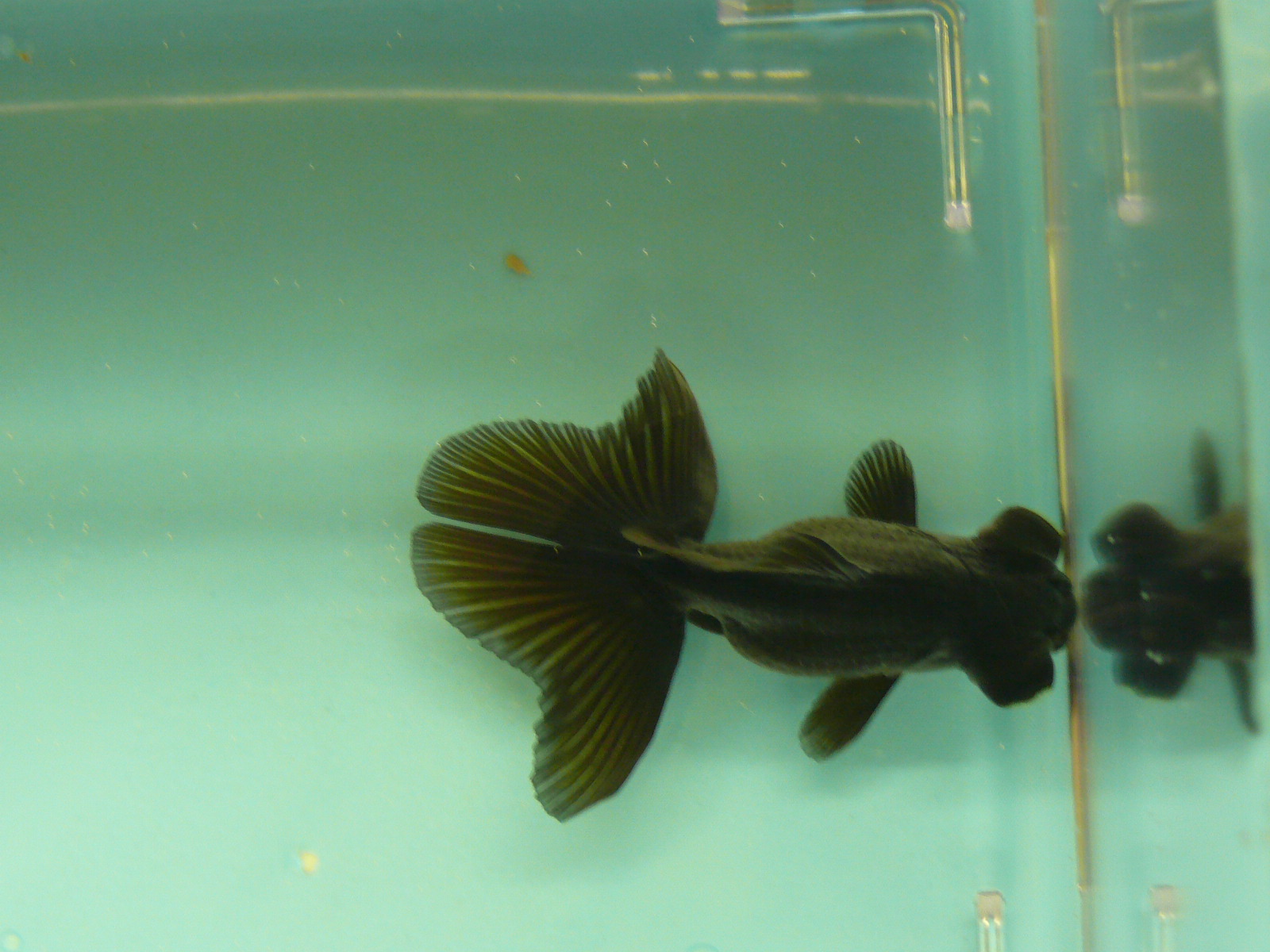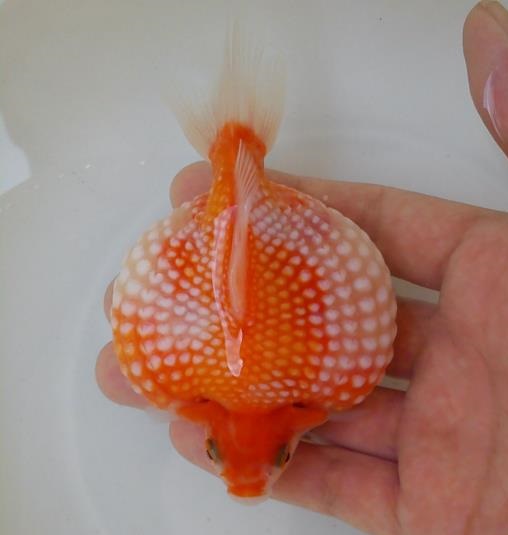Fancy Goldfish - 2
In this page of Fancy Goldfish series, we will discuss about Telescope, Pearlscale and Oranda
Telescope Eye
For those who want something a little different or unusual for their aquarium the telescope eyed goldfish may be a good choice. The protruding eyes of this breed of fish make it an interesting addition to an aquarium. There are three main eye formations in this breed of fish:
may be a good choice. The protruding eyes of this breed of fish make it an interesting addition to an aquarium. There are three main eye formations in this breed of fish:
- Segmented: This has the appearance of several concentric circles which get smaller as they move away from the body of the fish.
- Conical: This looks almost like a cone with the eye at the small end.
- Balloon: This has a more rounded appearance almost like a small balloon attached to the cheek of the fish.
This breed of fancy goldfish comes in a range of colors and scale patterns. Their fins can be long or short.
Pearlscale
The Pearlscale goldfish has a noticeably round body.  It can look almost like a ball. The other noticeable characteristic is the bumped up scales. These should extend from the stomach of the fish all the way up to the dorsal fin. Because of the rounded body shape this fish will often appear to waddle through the water when swimming. This is one of the most compact of the goldfish reaching an adult length of no more than 5 or 6 inches.
This is not a fish that you want sharing an aquarium with more aggressive or faster fish. They move slowly enough that other fish could starve them to death, or do serious damage to their scales.
There are variations of the Pearlscale which have the wen, or head growths similar to the Oranda. In some cases this results in two separate growths as seen in the Crown Pearlscale.
It can look almost like a ball. The other noticeable characteristic is the bumped up scales. These should extend from the stomach of the fish all the way up to the dorsal fin. Because of the rounded body shape this fish will often appear to waddle through the water when swimming. This is one of the most compact of the goldfish reaching an adult length of no more than 5 or 6 inches.
This is not a fish that you want sharing an aquarium with more aggressive or faster fish. They move slowly enough that other fish could starve them to death, or do serious damage to their scales.
There are variations of the Pearlscale which have the wen, or head growths similar to the Oranda. In some cases this results in two separate growths as seen in the Crown Pearlscale.
Oranda
There is a wide range of variation in the Oranda. Variations in body style, fin length, and head growths can make identifying these fish difficult. One thing that remains true of all variations is that Orandas can reach between 10 and 12 inches in length when full grown, not counting the fins. There are two main body styles; the most common is an egg shaped or rounded body, but there is also a more streamlined body style resembling the comet or common goldfish. The rounded body style provides a better balance for the head growth as the fish matures. The streamlined body style can become top heavy from the weight of the head growth as it get bigger making it difficult for them to swim. Tail fins on the Oranda can vary to a great degree. You can find anything from a ribbon tail to almost a Veiltail appearance. The dorsal fin should match that of the tail fin. The body style of the fish seems to have a bearing on the type of fins your fish will have. The rounded body style will most often have fins similar to a Veiltail, while the more streamlined body style will have thinner fins. Not surprisingly with this variable fish, the head growths that distinguish it can also vary to a large degree. The three areas where head growth can occur are:
- Top of the head
- Cheeks
- Gill plates
For the best appearance the growth should appear on all three areas, or on any one area. Orandas can come in any of the commonly found colors of goldfish, but there are some colors that are particular to the Oranda breed. One of these is the redcap which is a white fish with a red head growth.
Phoenix
This is one of the oldest types of goldfish known and is commonly thought to be the basis of most of the goldfish that do not have dorsal fins. The Phoenix has a longer egg shaped body. The long tail and anal fins make this an attractive addition to an aquarium. It can be found in most of the normal goldfish colors. Most Phoenix goldfish have metallic scale pattern.




